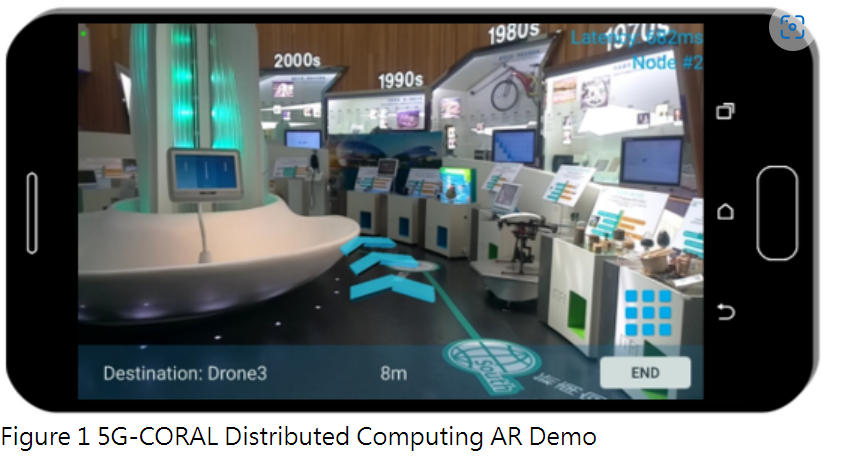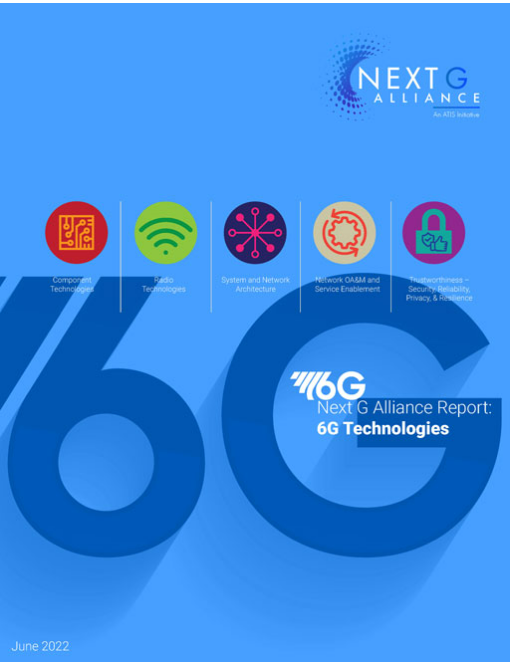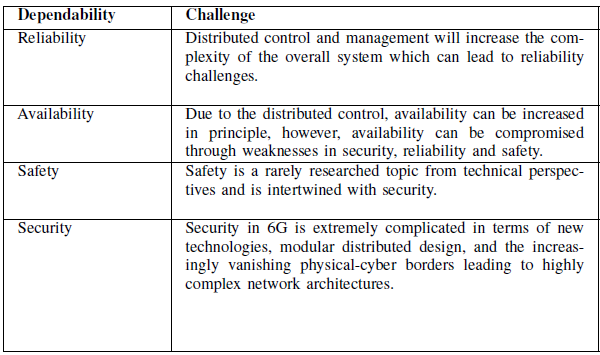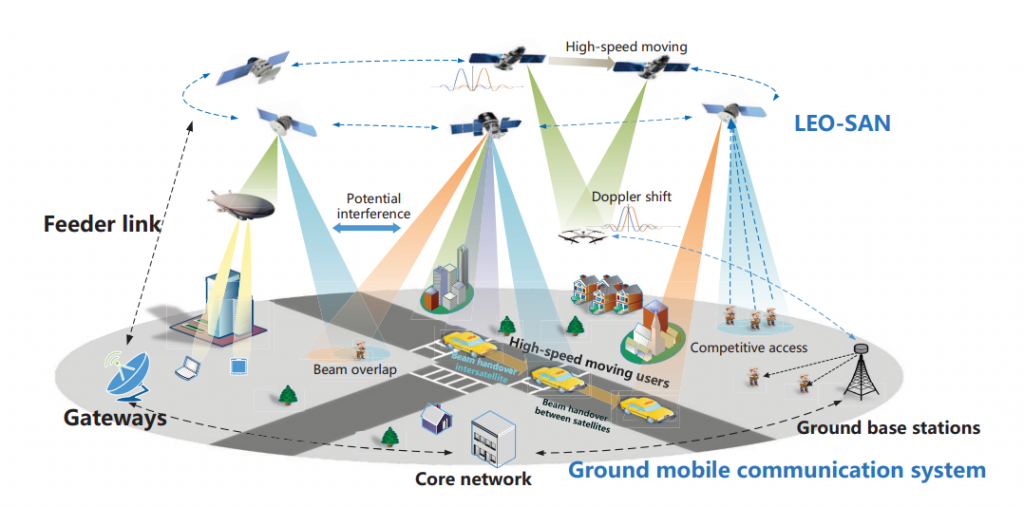Toward Efficient Vertical Industries in B5G/6G Era: Technical Aspect and Standardization Directions – ITRI

he research and development community globally has nearly completed the design and specification of architectures, protocols, and mechanisms aimed at fulfilling the diverse and stringent requirements for the realization of a new network generation. It is now crucial that this technology is put into action in real-life trials to validate and demonstrate its value proposition for the vertical industry.
Next G Alliance – 6G Technologies White Paper

This Next G Alliance (NGA) report provides expert recommendations about which technologies will be key to 6G and where further research is needed. Technology without a purpose is just a novelty. In order to understand how 6G will be used, views were gathered from experts in the areas of:
– Applications and Requirements
– Spectrum Perspectives
– Green G Perspectives
– Societal and Economic Needs (SEN)
Towards Dependable 6G Networks – TechRxiv

6G communication networks must be highly dependable. We take four dependability concepts such as reliability, availability, safety and security, and discuss the dependability of 6G networks. This
article, in summary, provides interesting insights into existing
challenges and advocates future research through highlighting
the most important research directions to make 6G dependable.
AceFL: Federated Learning Accelerating in 6G-enabled Mobile Edge Computing Networks – IEEE

Heterogeneity among distributed edge devices and the limitation of resources may degrade the training efficiency of Federated Edge Learning over 6G-enabled mobile edge computing (MEC) networks. Taking this challenge into account, a novel federated learning scheme is proposed in this paper to accelerate the training process.
LEO Satellite Access Network (LEO-SAN) Towards 6G: Challenges and Approaches – ArXiv

This paper aims at revealing the main technical issues that have not been fully addressed by the existing LEO-SAN designs, from three aspects namely random access, beam management and Doppler-resistant transmission technologies. Promising technologies to address these challenges are also discussed, respectively. Finally, the future research directions are envisioned.



